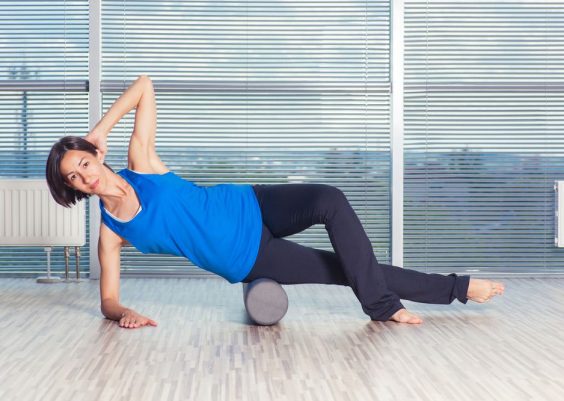
With summer right around the corner, you might be plotting to soak up some sun and get a good dose of vitamin D. But since UV rays do contribute to deadly skin cancers such as melanoma, it’s a good idea to consider how much vitamin D you actually need. Luckily, researchers from Spain can shed some, um, light on the topic.
In a new study titled “How much sun is good for our health?” researchers from the Solar Radiation Research Group at Polytechnic University of Valencia (UPV) studied how much sun exposure it takes to get the recommended daily dose of vitamin D. Their findings, published in the journal Science of the Total Environment, show that 10 to 20 minutes of sun is adequate in the spring and summer, but during the winter months, we need to spend almost two hours outside to get our fill of vitamin D. Very few foods contain vitamin D (though some do, and you can check our list of them here), which makes it even more important to shoot for more sun exposure, especially if you’re showing these subtle signs of not getting enough vitamin D.
To arrive at their conclusions, lead study author María Antonia Serrano, a scientist at the UPV, and her colleagues, analyzed ultraviolet solar irradiance (UVER) for four months of the year from 2003 to 2010 in the city of Valencia, which receives a large dose of UV radiation throughout the year, tracking the time it took to cause erythema (the reddening of skin caused by burns).
They found that in January, with 10 percent of the body exposed, people need 130 minutes to obtain the recommended daily dose of vitamin D. In July, on the other hand, with 25 percent of the body exposed, people need only around 10 minutes. In October, 30 minutes was enough. Part of the reason for this is that we wear more clothing in the wintertime, which means less surface area to be exposed to sunlight.
“It is also essential to bear in mind that we have considered the usual percentage of the body exposed for the season,” Serrano says. “If more skin is exposed, exposure time can be reduced.”
Clothing wasn’t the only factor that influenced vitamin D levels. The study also found that age actually plays an important role in turning UV radiation into vitamin D. Older people are less able to produce vitamin D, with middle-aged adults having just 66 percent of the vitamin D-production potential that children have.
If these findings seem intimidating, don’t worry too much. If you aren’t able to get enough vitamin D from the sun, you can take supplements, though you should read this first to make sure you’re doing it safely. You can also check out our list of other ways to get vitamin D outside of the summer months.
Either way, with sunny summer months right around the corner, getting healthy levels of vitamin D shouldn’t be something to sweat.





